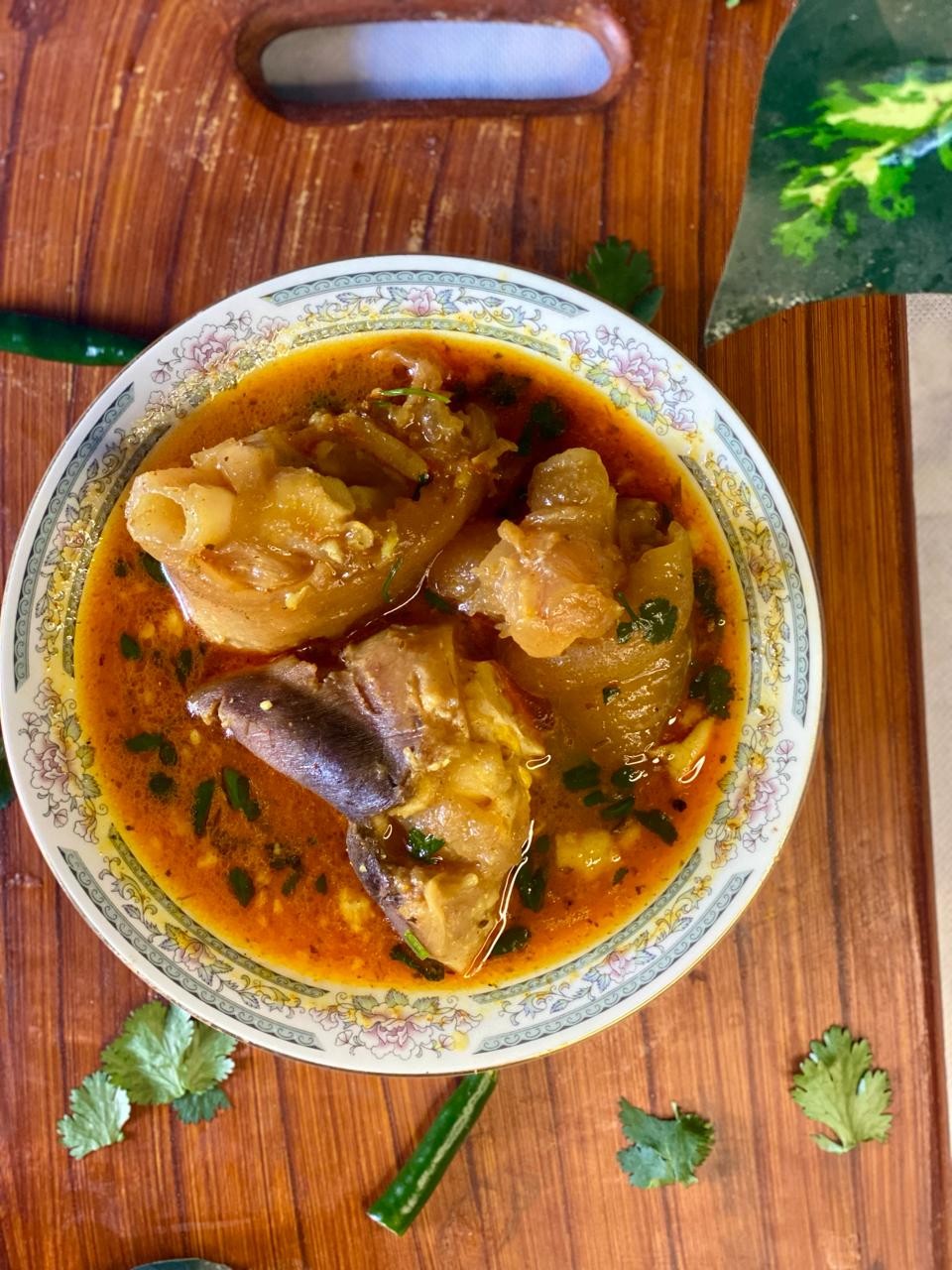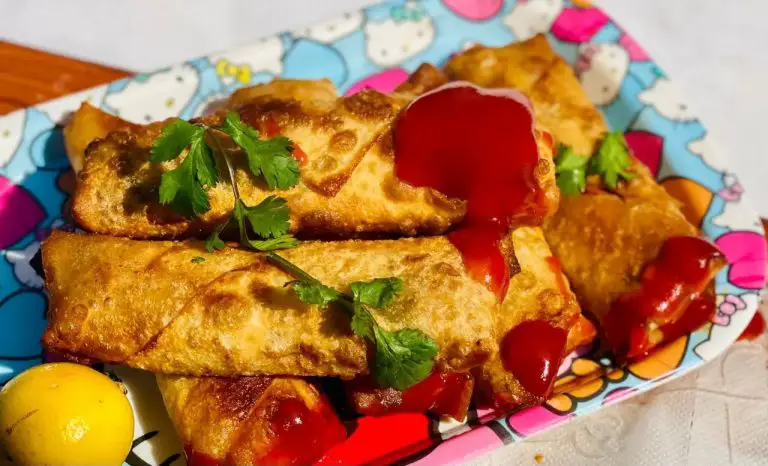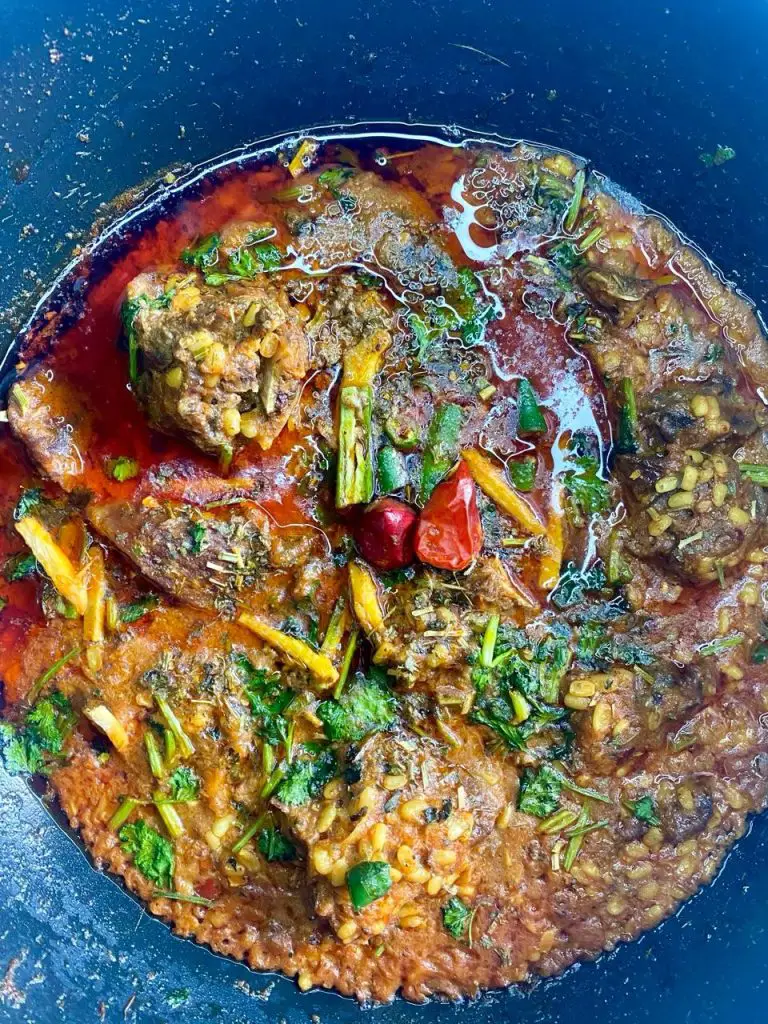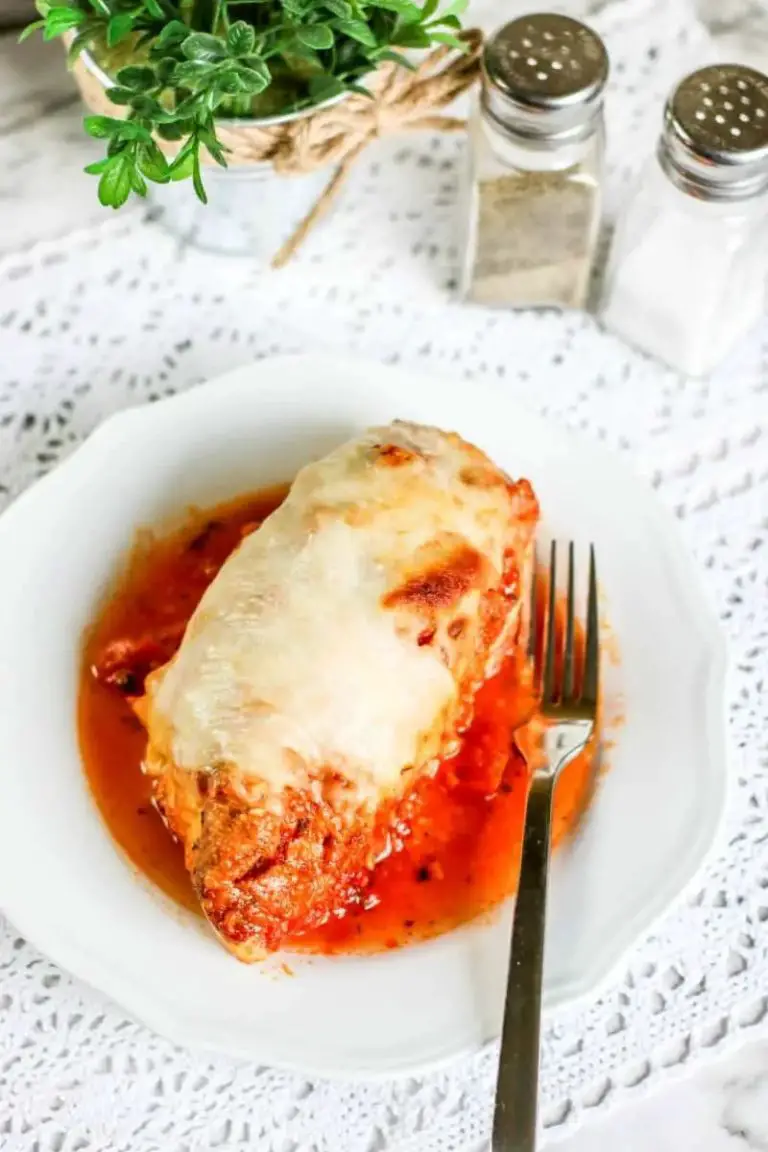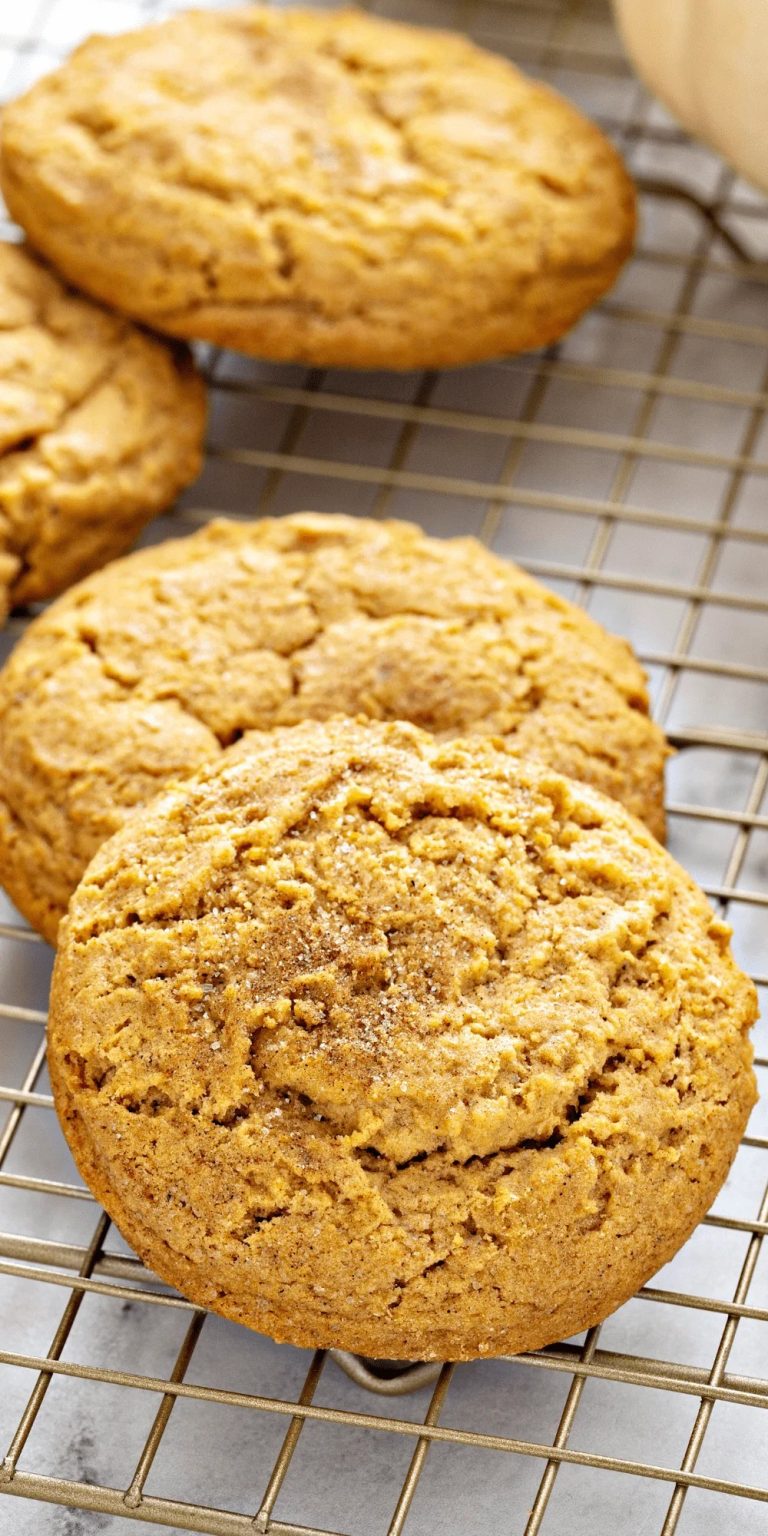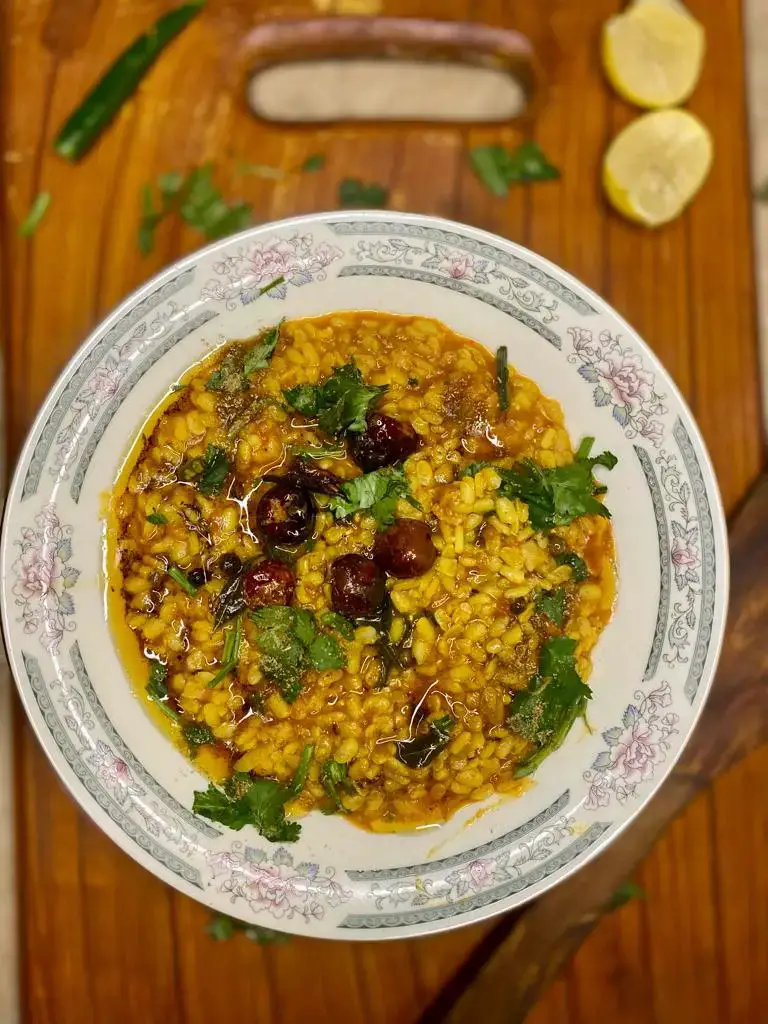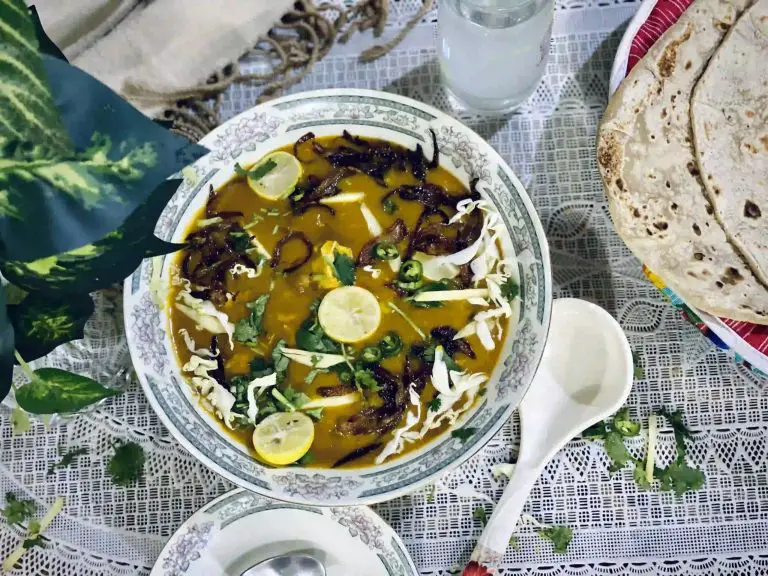Paya Recipe| Beef Paya Juicy & Tender
In the culinary landscape of Pakistan, particularly in Punjab, Beef Paya is a beloved morning staple. This tender and juicy dish has gained legendary status among locals, who savor it as a breakfast treat. Its popularity transcends mere occasional indulgence, with die-hard fans relying on it to kick-start their day. As I delve into the world of Paya recipes, I’ll share one that’s earned its place alongside Aloo chole and Murg chole in the hearts (and stomachs) of many. The key to this recipe lies not in an abundance of spices or ingredients, but rather in the patience required to coax tender beef trotters into a succulent, falling-off-the-bone consistency. Hours of simmering may seem daunting, but trust me, the end result is well worth the wait – a nutritious and mouthwatering delight that elevates breakfast to new heights.
Why Will You Love Beef Paya?
The soupy curry-like consistency of Beef Paya’s gravy is undoubtedly one of its greatest attractions. I personally love to dip chunks of bread (roti) into the flavorful broth, savoring each bite as a nutritious treat. The tender and juicy texture of the gelatinous bones and cartilage adds an extra layer of depth to this already satisfying dish. In fact, every true beef enthusiast can’t help but devour an entire plate of hot pepper in one sitting. Furthermore, the beef shanks and hooves are a nutritional powerhouse, boasting high levels of calcium and collagen that work wonders for strengthening bones.
More About Beef Paya?
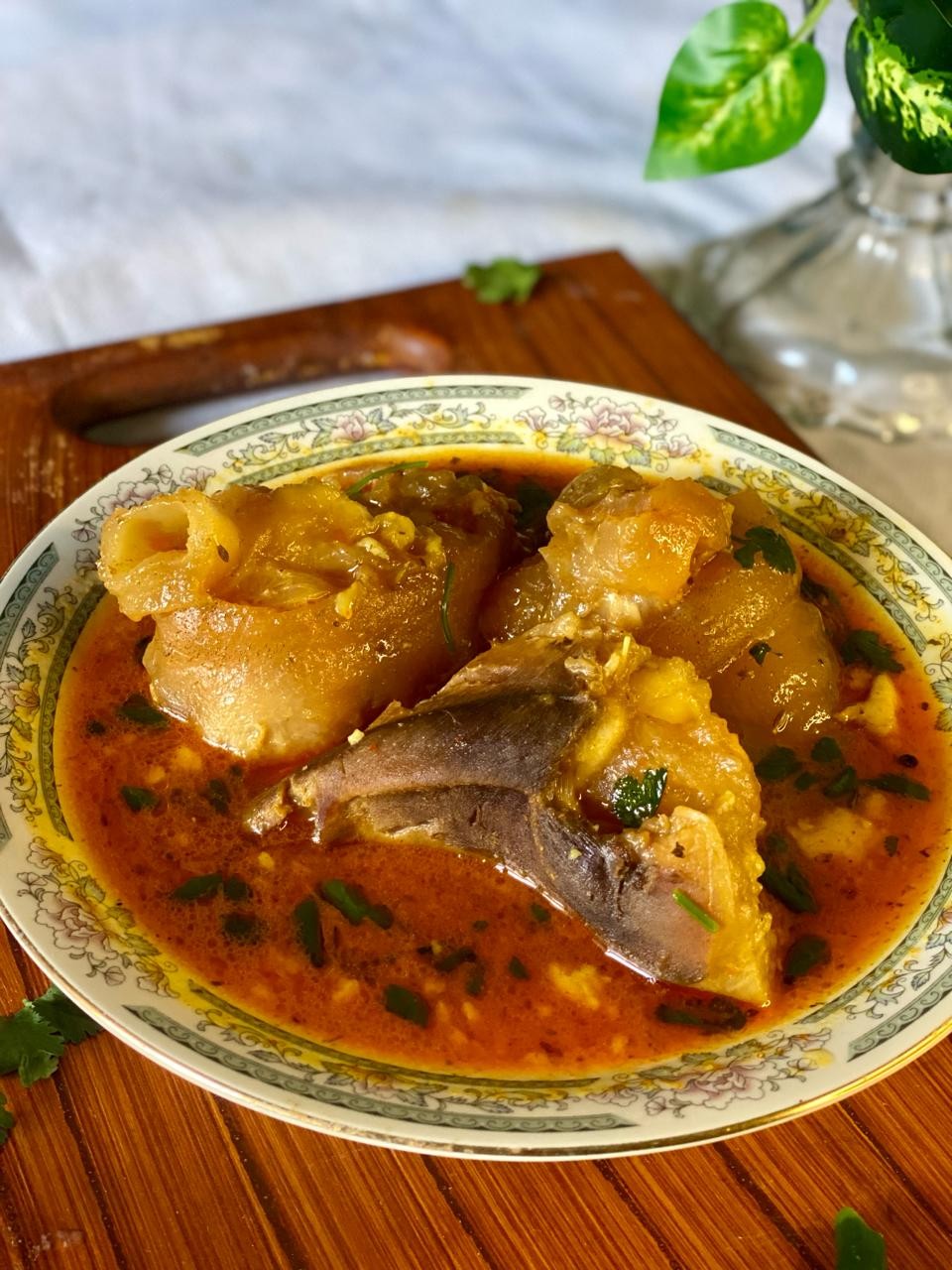
In Pakistani cuisine, Beef Paya is a beloved breakfast tradition that originated from ancient Arab recipes. This hearty dish is made by slow-cooking beef shanks, trotters, and cartilaginous bones with a blend of spices, resulting in a rich, gelatinous curry that’s unlike any other beef recipe. The unique texture, attributed to the high amount of calcium from the beef bones, makes it even more delectable. Pairing Beef Paya with naan, roti, or chapati is a classic combination, but I also enjoy serving it with white rice. This powerful recipe is typically reserved for special occasions like Eid celebrations in Pakistan, the UK, and the USA, and I make it only occasionally, usually every 3-4 months.
Instruction:
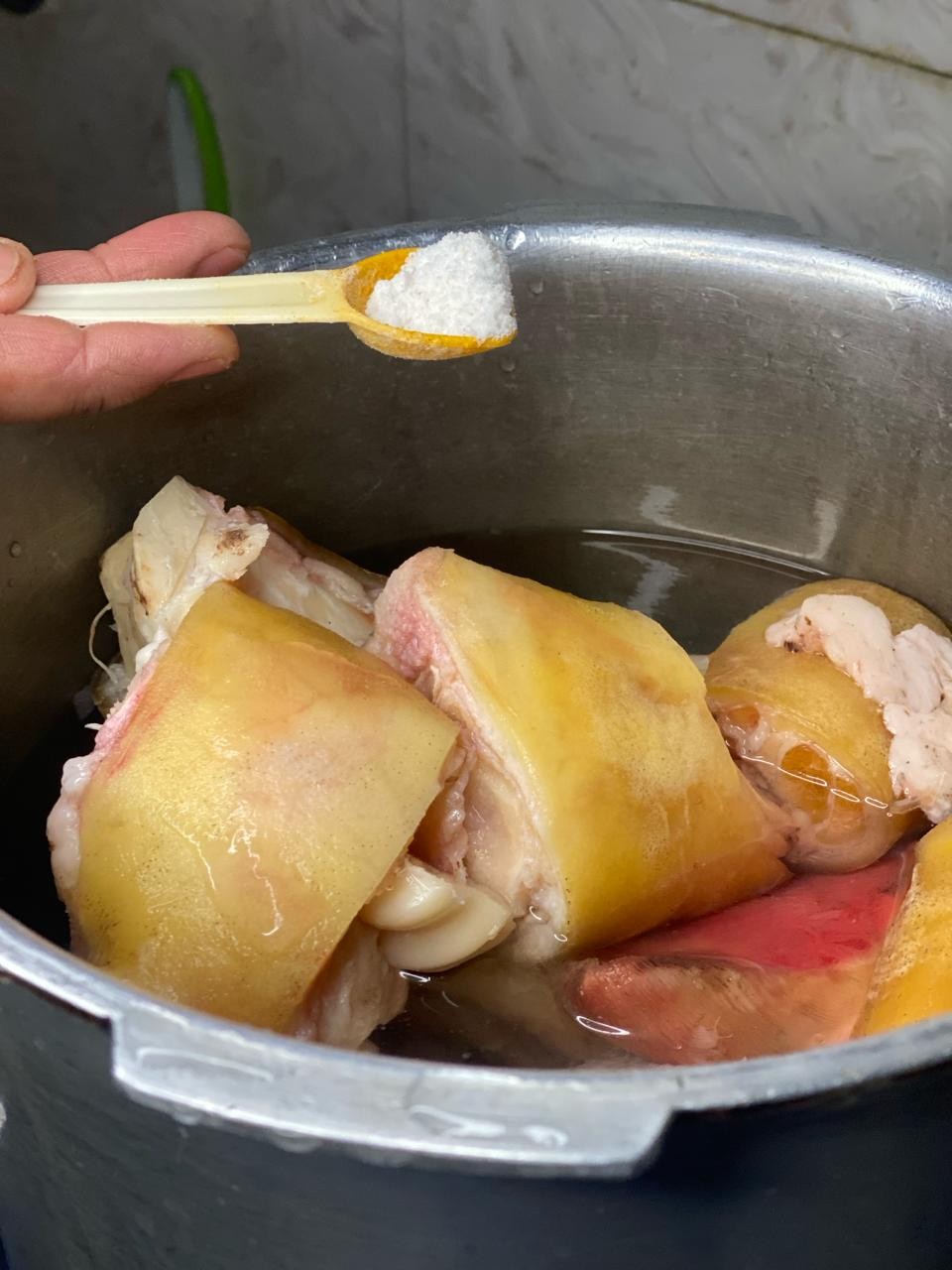
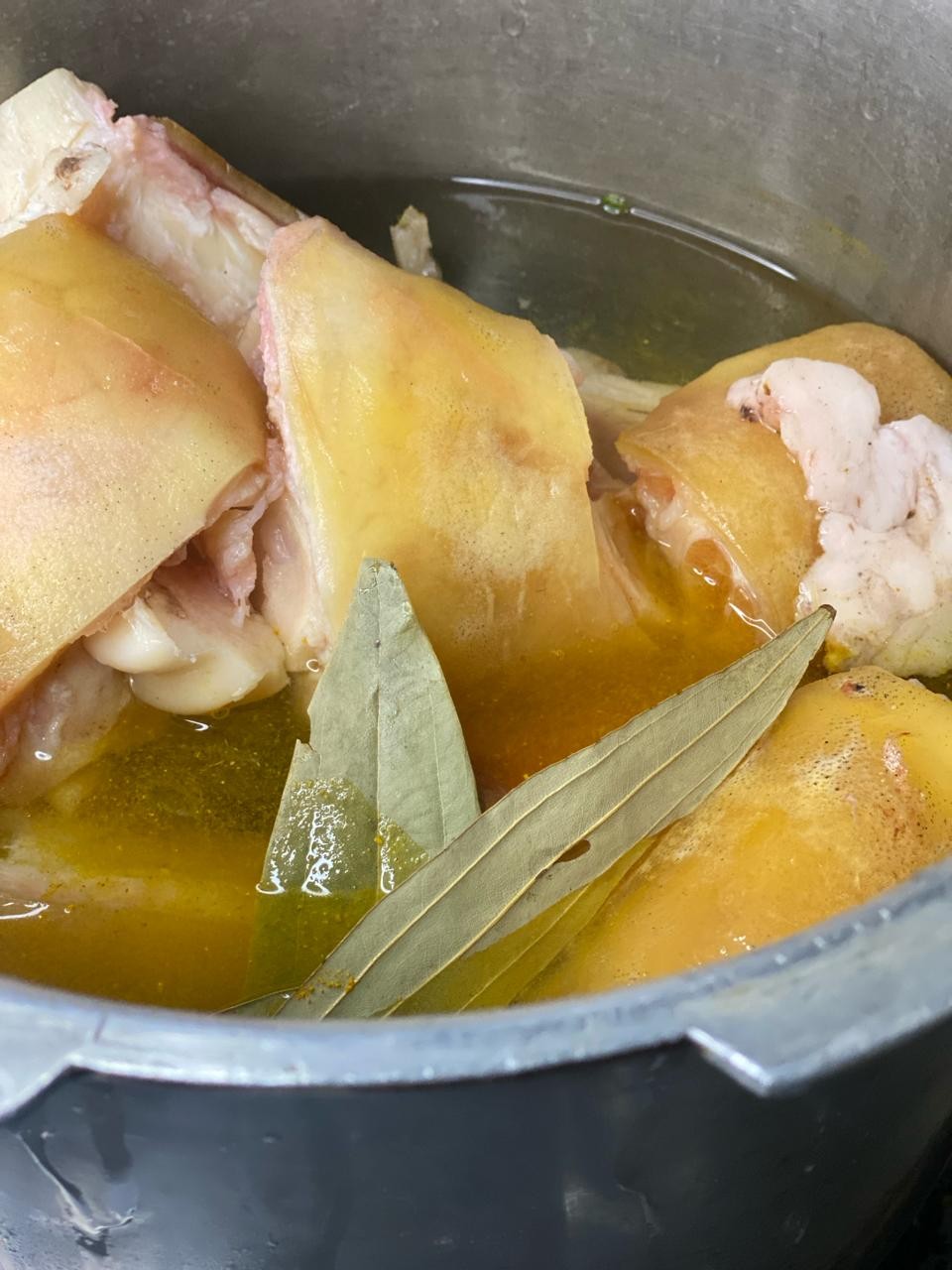
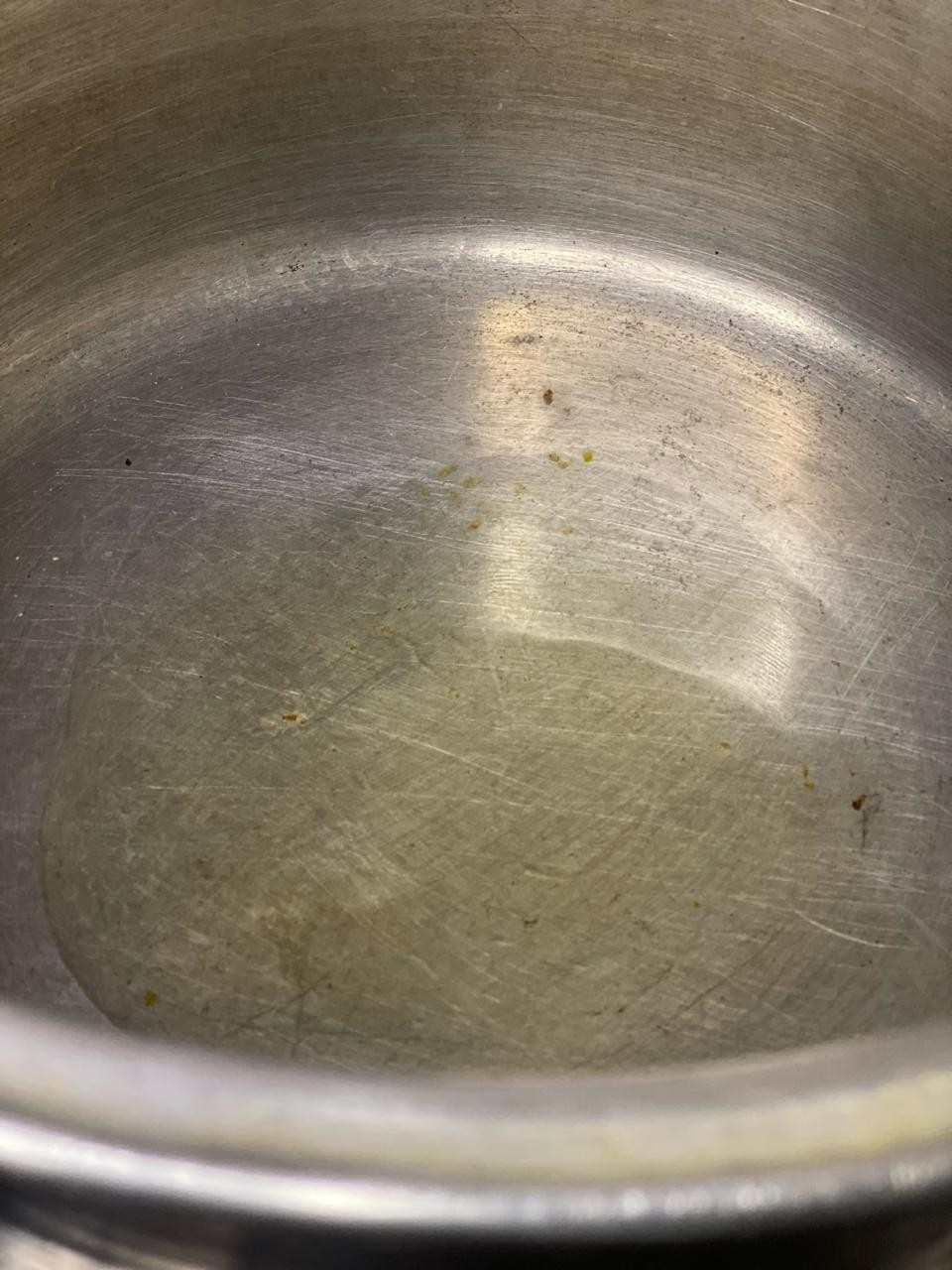
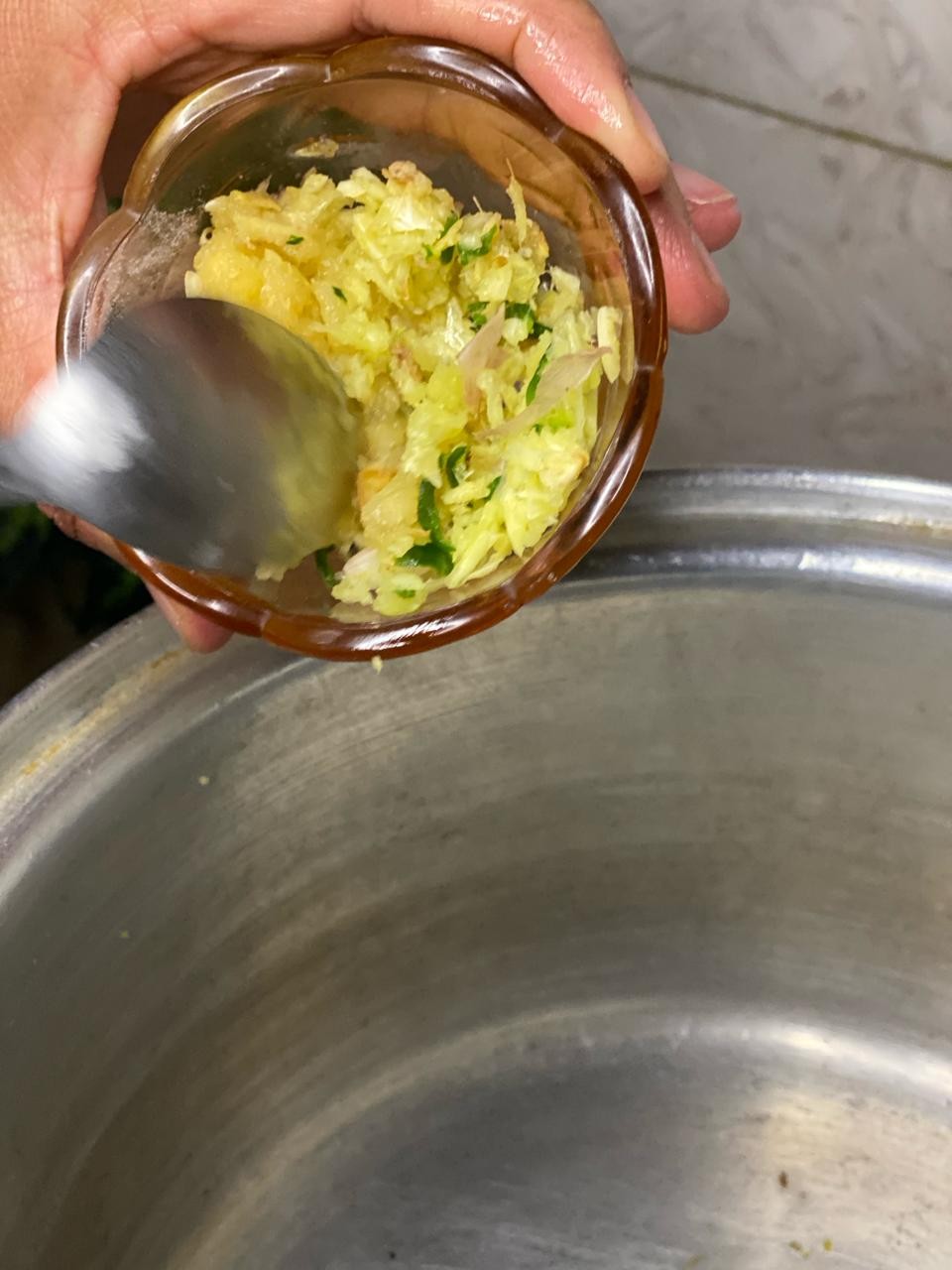
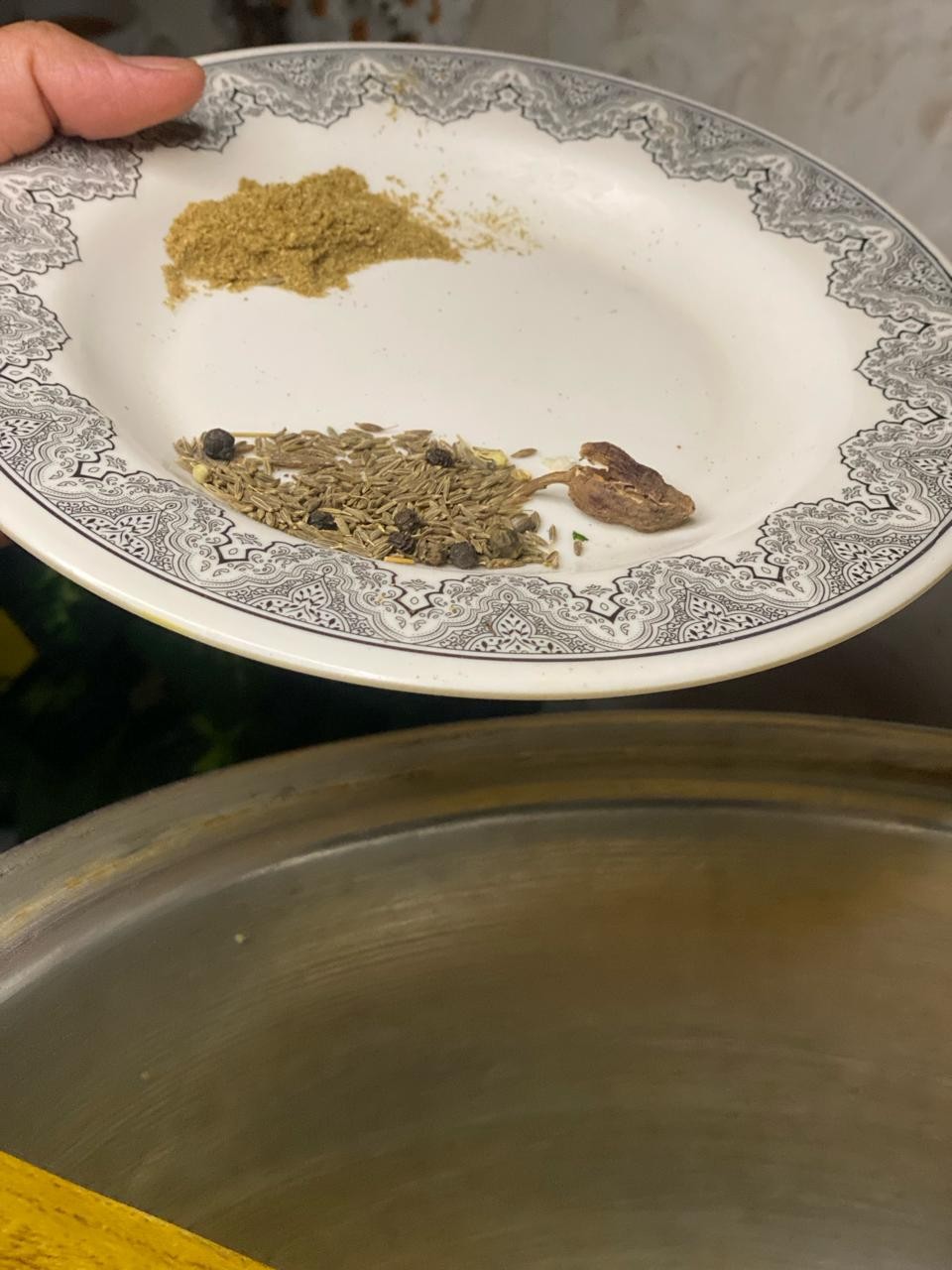
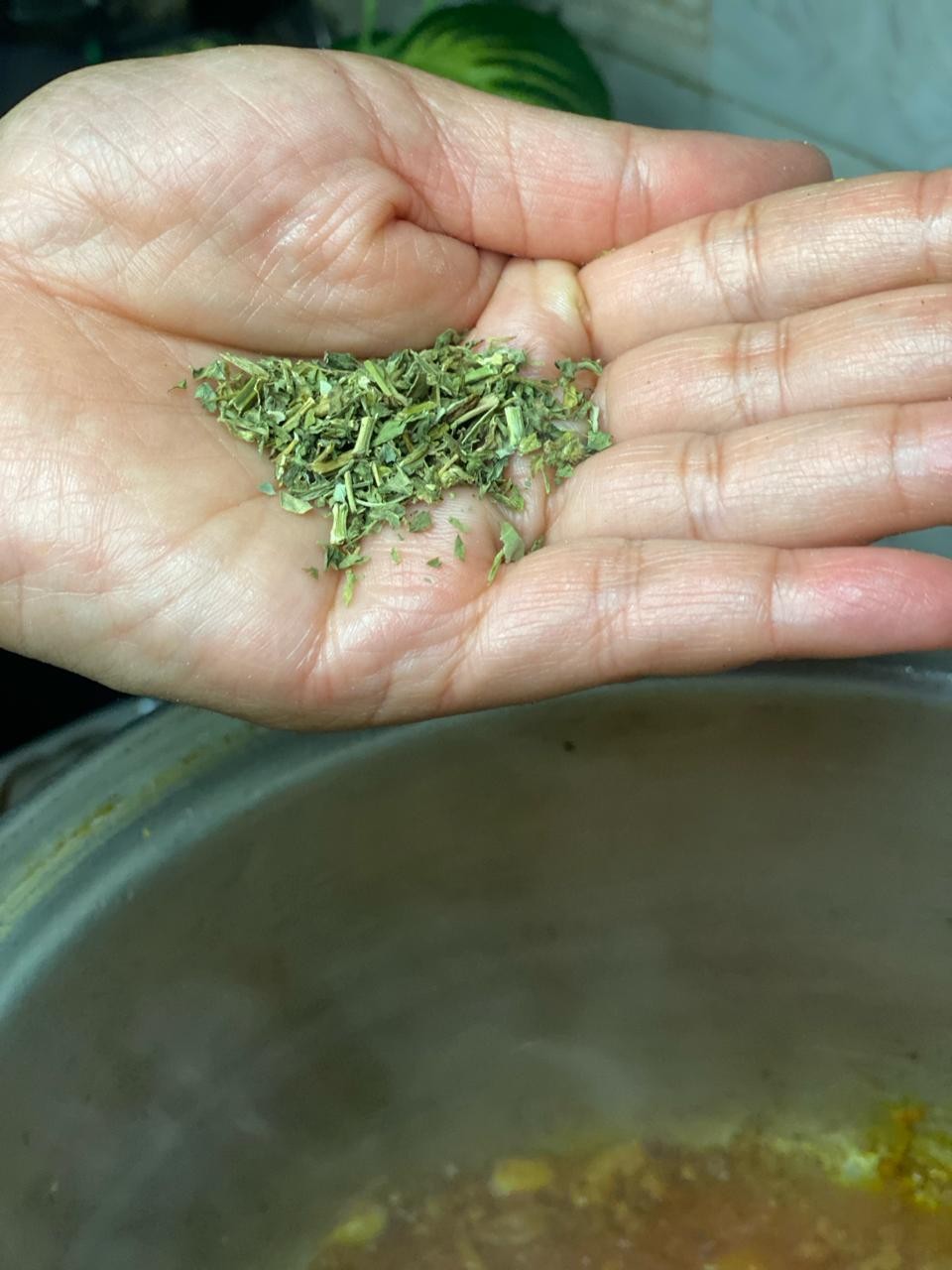
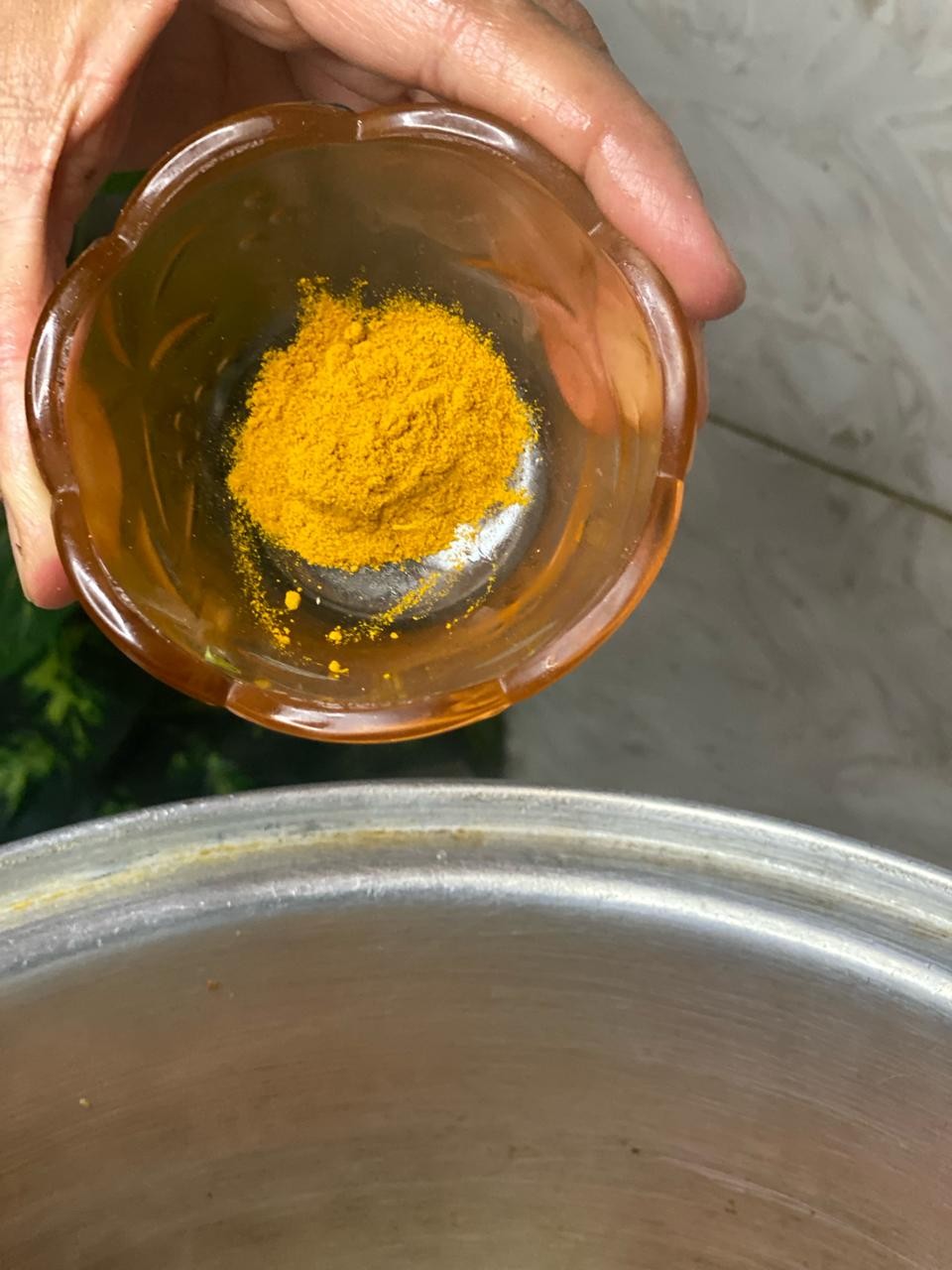

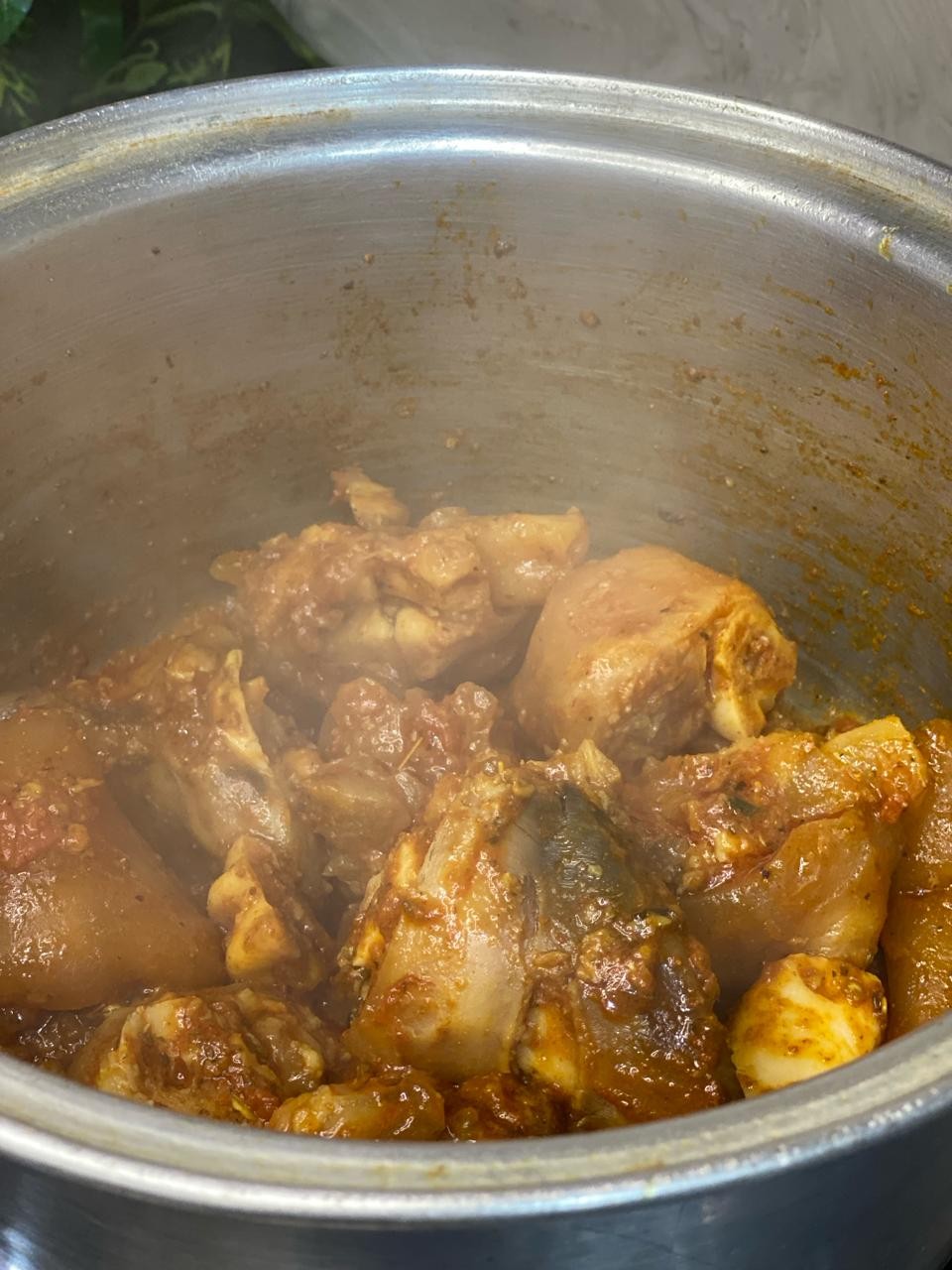
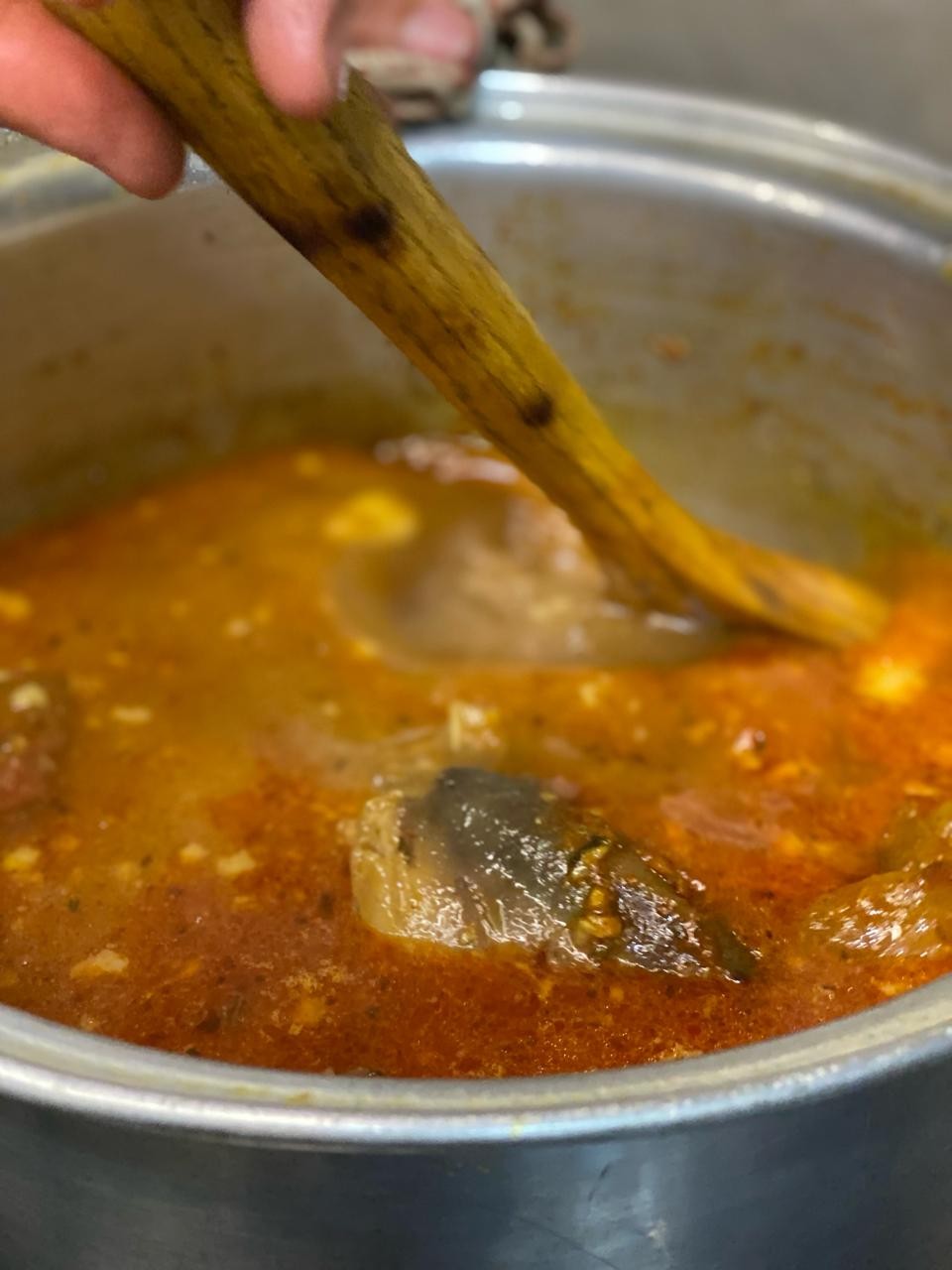
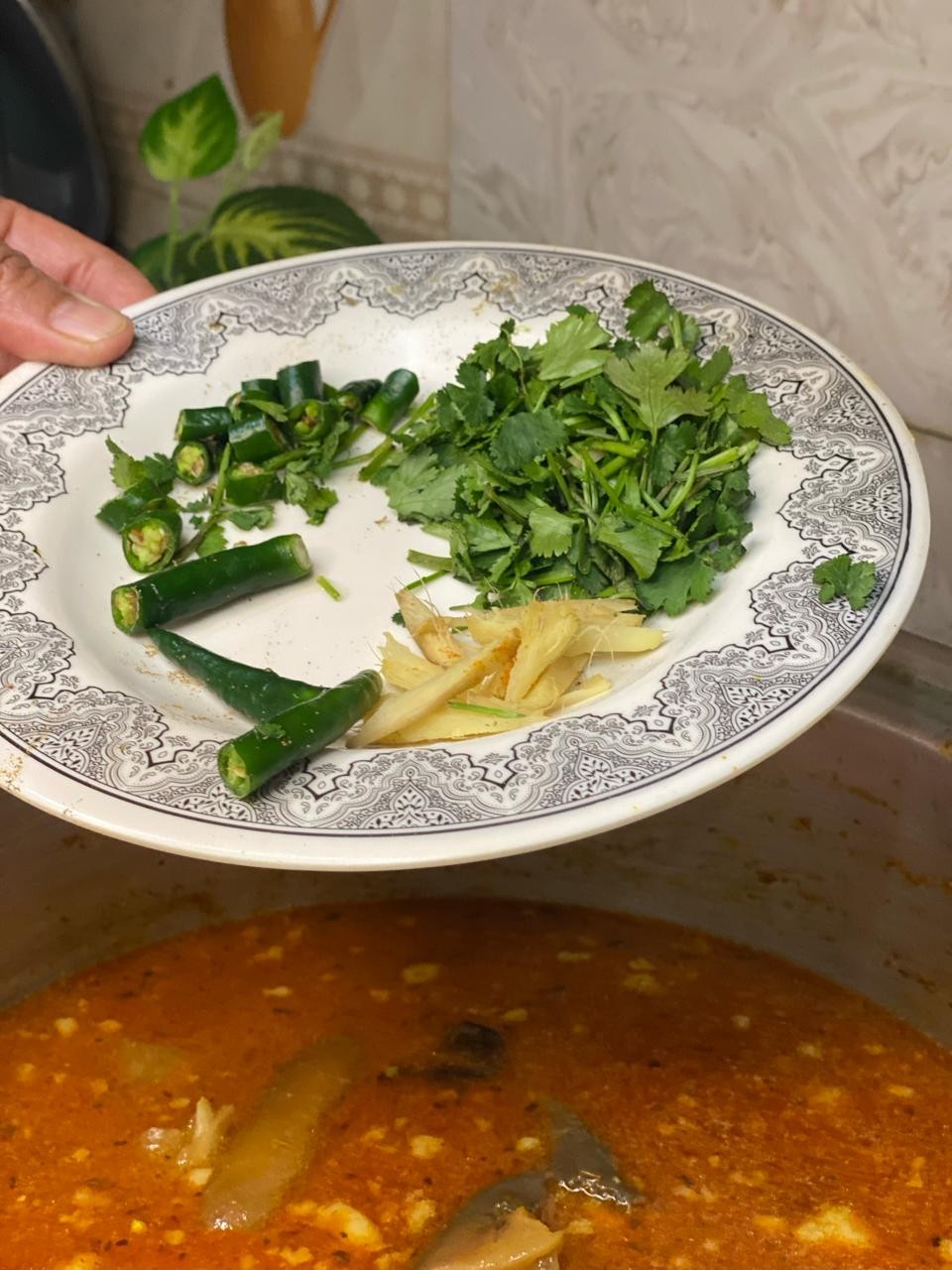
As I embarked on the culinary journey, the first crucial step was to boil the trotters (paya) in a pressure cooker. I added 1.5 liters of water, a pinch of salt, and a dash of turmeric powder, allowing the mixture to simmer for 90 minutes. To ward off any unwanted meaty aromas, I also included two bay leaves in the pot. The end result was a tender and juicy cartilage meat that required patience but yielded rich dividends.Next, I heated oil in a pan before adding the potent garlic-ginger paste. Stirring the mixture for one minute released a robust aroma that further eliminated any lingering meaty scents from the trotters.The addition of cumin seeds powder, black cardamom, and dry fenugreek leaves added depth and complexity to the masala. I ensured the flame remained low during this process, stirring the mixture for half a minute to allow the flavors to meld harmoniously.Following this, I introduced a splash of water, which initially caused the mixture to sputter before settling into a gentle simmer. After a few seconds, I added the tomatoes, allowing them to mingle with the spices and broth. The resulting sauce simmered on medium flame for one minute, its rich flavors unfolding like a tapestry.The final stages involved adding each spice in succession, stirring well to ensure their unique characteristics infused into the curry. Allowing the spices to bloom on low flame for one minute further enriched the dish’s aromatic profile.As the pièce de résistance, I incorporated the boiled trotters (paya) into the pan, stirring vigorously to combine the ingredients. The remaining broth from the trotters was then added, and the mixture simmered on low flame for 10 minutes, its flavors maturing like a fine wine.
What To Serve With Beef Paya?
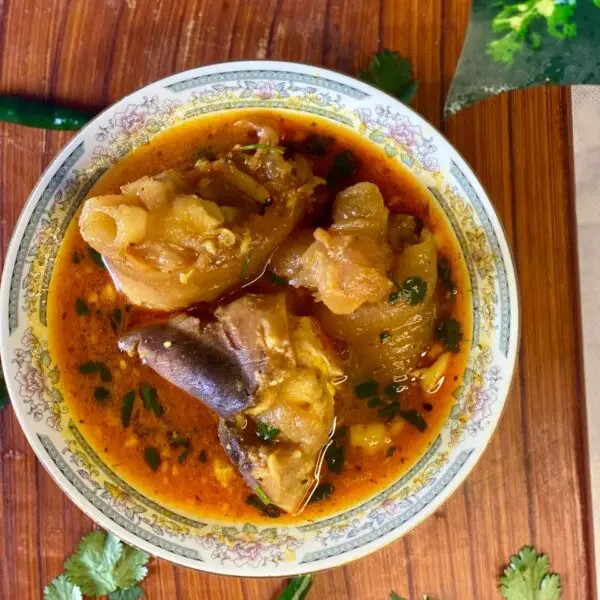
When it comes to enjoying trotters or paya, many people have a strong affinity for serving it alongside naans, chapati, or roti. I also like to serve white rice with this hearty beef dish, as it provides a comforting contrast in textures and flavors. However, I believe that the rich flavors of paya are best appreciated when served standalone, allowing the bold flavors to shine through without distraction. For the most immersive experience, try savoring this dish on its own, paired simply with naans, to truly appreciate its depth and complexity.
Paya Recipe
Indulge in the rich flavors of Punjabi Beef Paya, a hearty dish that’s perfect for breakfast or lunch. Tender chunks of beef fall from the bones and cartilage into a savory soupy gravy, making it an irresistible culinary experience.

